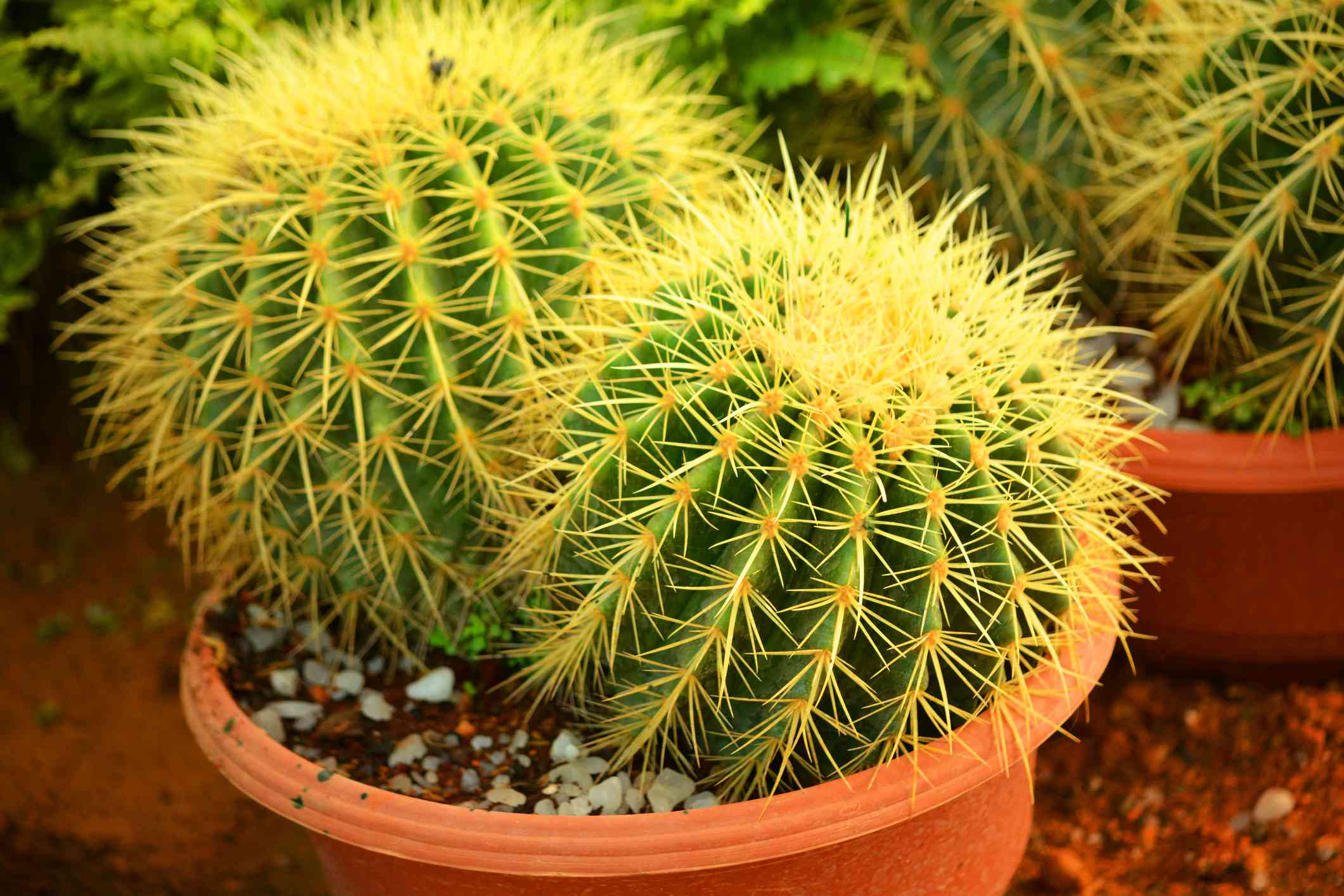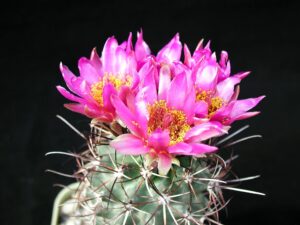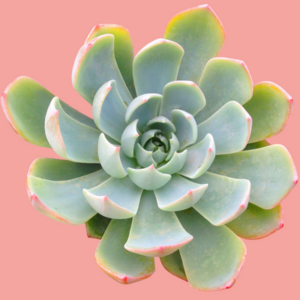For indoor gardening enthusiasts seeking to cultivate vibrant greenery in their homes, cacti present an astonishing array of options. These succulent natives of arid deserts have unique adaptations that allow them to thrive in environments with limited natural light. This article delves into the best cacti varieties suited for artificial light, providing a comprehensive guide for successful indoor cultivation.
Cacti exhibit an intriguing diversity, with many species exhibiting striking shapes and colors that can enhance any indoor décor. Each variety comes with distinct light and moisture requirements, making some particularly well-suited to the controlled environments of modern homes. Here, we explore these fabulous specimens, their care implications, and how they can flourish in artificial lighting conditions.
A Closer Look at Artificial Light Conditions
Understanding the specifics of artificial light is crucial when selecting the right cacti for indoor growth. Unlike natural sunlight, which varies in intensity and duration, artificial light sources can often lack the spectrum needed for optimal photosynthesis. However, many indoor gardeners successfully utilize LED grow lights, fluorescent bulbs, and other artificial lighting systems to replicate the required conditions for cacti.
**The Role of Light Spectrum**:
It’s essential to comprehend that different plant types require varying light spectrums. Cacti particularly benefit from full-spectrum lights, which provide the wavelengths necessary for growth and blooming. Observing how your specific lighting setup interacts with your chosen plants is crucial for providing a supportive growing environment.
**Duration of Light Exposure**:
Cacti generally flourish with about 12-14 hours of light daily. This might be a combination of natural daylight supplemented with artificial lighting. Timing your light exposure is vital; too little light can stunt growth, while too much may lead to stress and etiolation—an undesirable stretching for light.
Top Cacti Varieties Thriving in Indoor Environments
Cacti come in varied shapes, sizes, and colors, with each unique variety exhibiting different needs and appearances. Here are some standout options ideal for indoor cultivation under artificial lighting:
**Saguaro Cactus (Carnegiea gigantea)**:
Famous for its iconic stature, the Saguaro can adapt to indoor conditions, given that it receives substantial light. Typically, it thrives best when positioned near a south-facing window or directly under a grow light. These cacti can reach impressive heights, making them fantastic statement pieces in any room. They prefer well-draining soil and require minimal watering—only when the soil dries completely.
**Golden Barrel Cactus (Echinocactus grusonii)**:
With its round, spiny appearance and golden hue, the Golden Barrel Cactus is not only easy to maintain but also remarkably resilient. It does well in moderate to bright artificial light and minimal humidity. This cactus should be grown in a pot with drainage holes and can withstand occasional neglect, thriving on a low-water schedule, making it perfect for busy lifestyles.
**Christmas Cactus (Schlumbergera)**:
Though not a “true” cactus in the traditional sense, the Christmas Cactus is celebrated for its stunning blooms during the holiday season. Preferring indirect light, it flourishes under fluorescent indirect light with sufficient humidity. Regular watering is essential while avoiding soggy conditions. It produces vibrant flowers that encapsulate holiday cheer, adding a touch of beauty to your indoor garden.
**Haworthia (Haworthia spp.)**:
Often classified alongside cacti due to their succulent nature, Haworthia species are compact and adaptable, perfect for tabletop gardens. They thrive in lower light conditions compared to traditional cacti and require minimal watering. Their striking foliage features fascinating patterns, providing visual interest without demanding extensive care.
Caring for Your Indoor Cacti: Tips and Best Practices
Establishing a flourishing indoor cactus collection requires attention to a few essential care parameters:
**Watering**:
Cacti are notorious for their drought tolerance, but they still require deliberate watering practices. Implement a schedule based on the specific variety you choose. It’s best to allow the soil to dry out completely between waterings to prevent root rot, a common issue with cacti that receive excessive moisture. During winter months, reduce watering frequency significantly.
**Soil and Drainage**:
Selecting the right substrate is critical. Use a well-draining cactus mix, ideally including components like sand, perlite, or pumice to facilitate drainage. Ensure your pots have adequate drainage holes to prevent water from pooling at the bottom.
**Fertilization**:
Indoor cacti benefit from modest fertilization during the growing season. Use a diluted cactus fertilizer every month or so during spring and summer to promote healthy growth. Avoid fertilizing during dormancy in the fall and winter.
**Pest Management**:
Be on the lookout for pests like mealybugs and spider mites, which can affect indoor cacti. Regularly inspect your plants and maintain a clean growing area to minimize pest problems. Organic insecticidal soap can also be effective if infestations arise.
By carefully selecting the right varieties of cacti and adhering to proper cultivation practices, you can create a thriving indoor garden even with artificial light. Incorporating these resilient plants into your home can not only beautify your surroundings but also foster a deeper connection with nature, even within the confines of urban living.





Leave a Comment